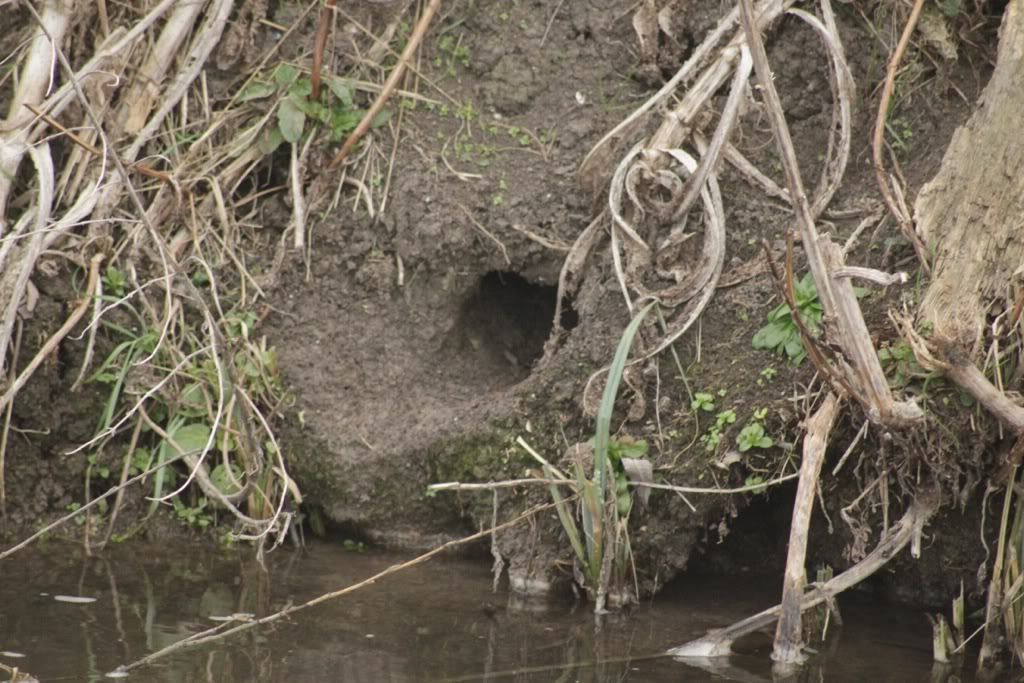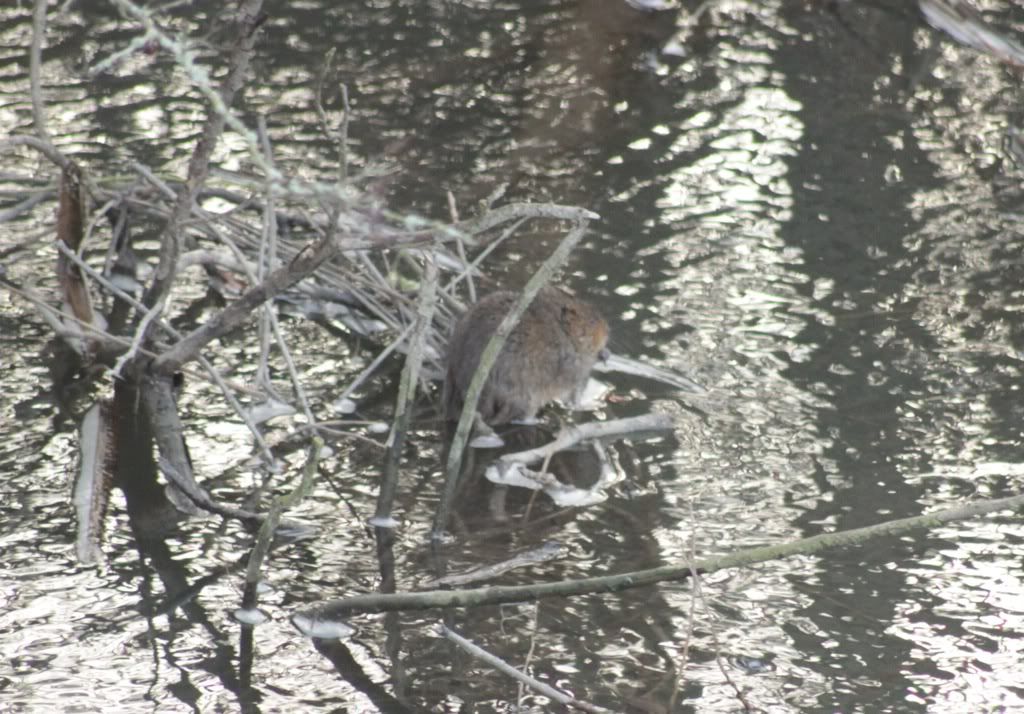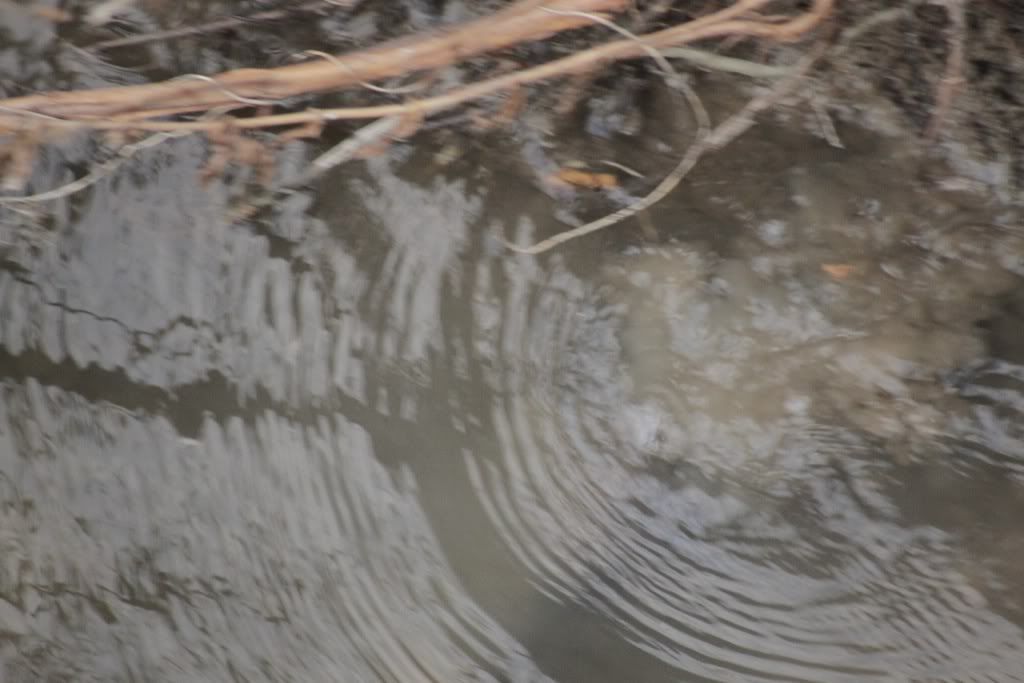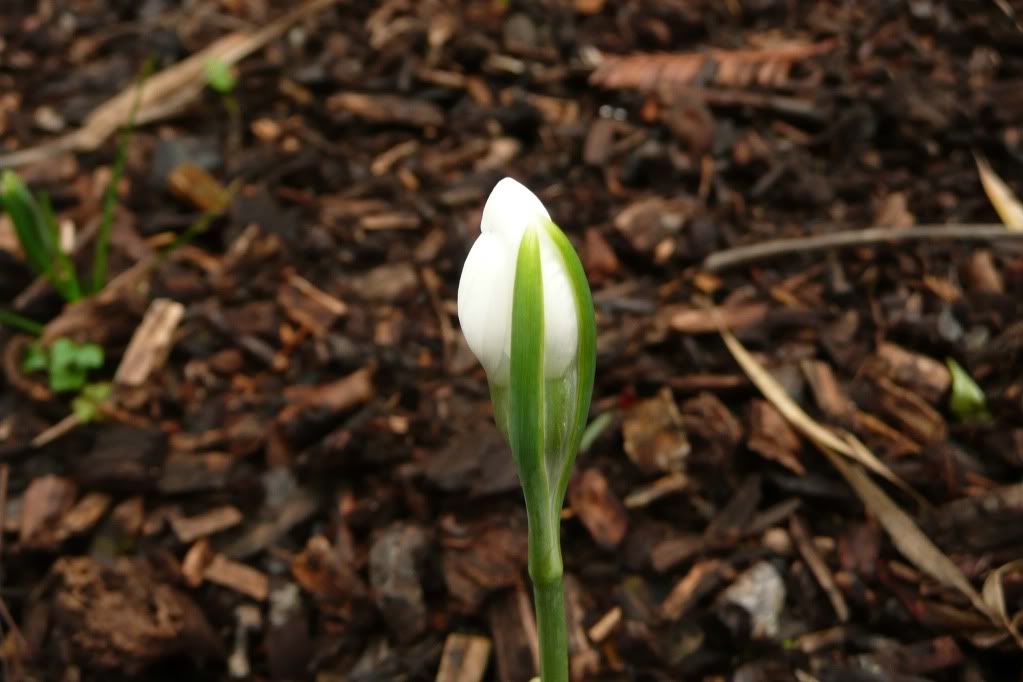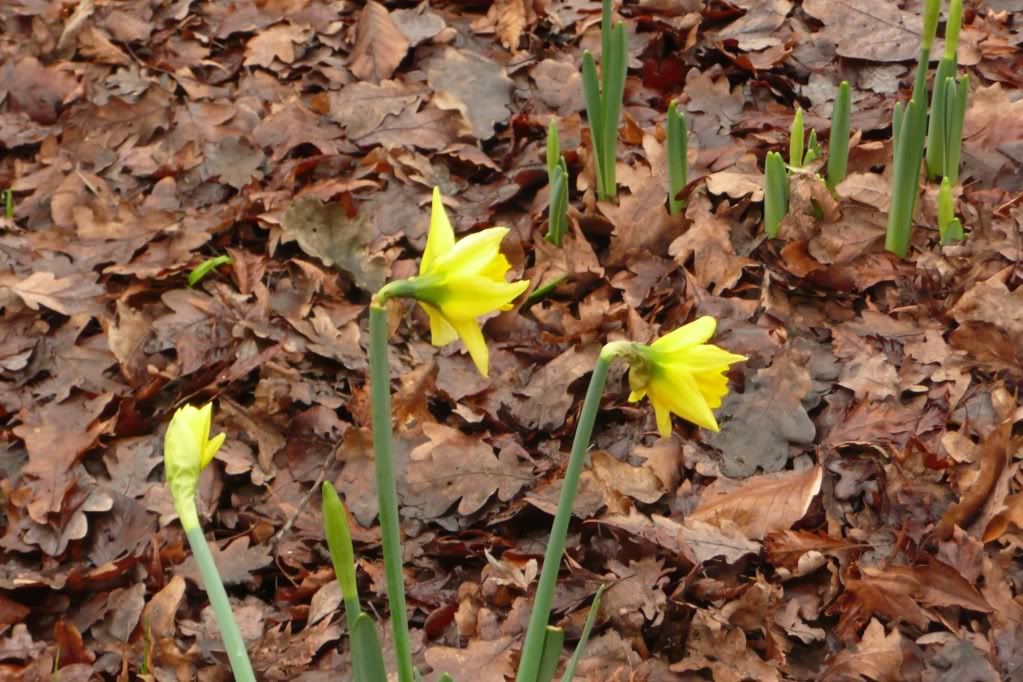An opportunity to sit back, drink tea, eat cake and by counting the birds in the garden for one hour help contribute to a project which has documented the fortunes of the UK's garden birds over the past 30 years.
Last year, was the first time the survey featured in this blog (http://viewsoftheock.blogspot.com/2011/01/big-garden-birdwatch.html)
This year our garden survey tool place on between 3pm and 4pm on Saturday 28th February.
Chaffinch 6 (2011 count of 2)
Chaffinches are regular visitors to the garden, but this year was a record number, with six at the feeders at any time.
.
.
Goldfinches 4 (2011 count of 4):
At the end of last year, the number of goldfinches was quite high, but in recent weeks there have only been a few visiting the garden, perhaps the mild winter has not forced them into gardens. It will be interesting to see if the forecast cold spell will increase them.
However, there were only four in the garden this year, even so, with the 6 chaffinches at the same time, they were hard to count, until they all landed on the feeder at the same time:
.
.
Collared Dove 2 (2011 count of 0):
Collared doves are now a regular bird in our garden, having worked out how to use a bird feeder:
.
.
Blackbird 1 (2011 count of 2):
A pair of blackbirds have once again set up a residency in the garden and can often be seen hoping around, pulling worms out of the lawn and being argumentative with each other. During the survey, only the male put in an appearance:
.
.
Blue Tit 1 (2011 count of 2):
A blue tit made a fleeting appearance towards the end of the survey, taking some seeds off the feeder before disappearing:
.
.
Wren 1 (2011 count of 0):
Surprisingly, wrens are one of the most numerous birds in the UK so it should not be too surprising that one is visiting the garden, but this is the first time we have seen one here.
Unlike most garden birds, wrens do not raise the young as a pair, instead the male will build a series of nests and the female will select her favourite and raise the young in it on her own.
The wren in our garden is almost certainly a male seeking out suitable nest sites, but it was hoping in and out of the compost bin, probably eating fruit flies and hopefully not thinking of it as a place for a nest:
Unfortunately there is no picture for the wren.
Dunnock 1 (2011 count of 0):
Dunnocks are another regular visitor to the garden (there used to be a pair, but one came into close contact with a sparrowhawk last year).
.
.
Birds that were seen last year but not his year include:
Starlings - Which occasionally land but will fly overheard most days
House Sparrows - Last year there were two house sparrows, but they have not visited our garden for many months, so not surprising there were no sightings during the survey
Pied Wagtail - Last years surprise was a pied wagtail, a very infrequent visitor to the garden, so again perhaps not surprising that it did not feature this year.
The results for the 2011 Big Garden Survey can be found at: http://www.rspb.org.uk/birdwatch/results.aspx






